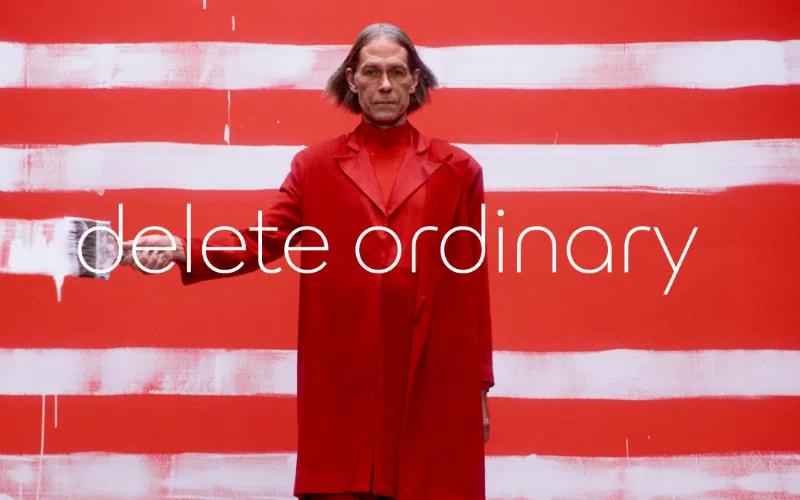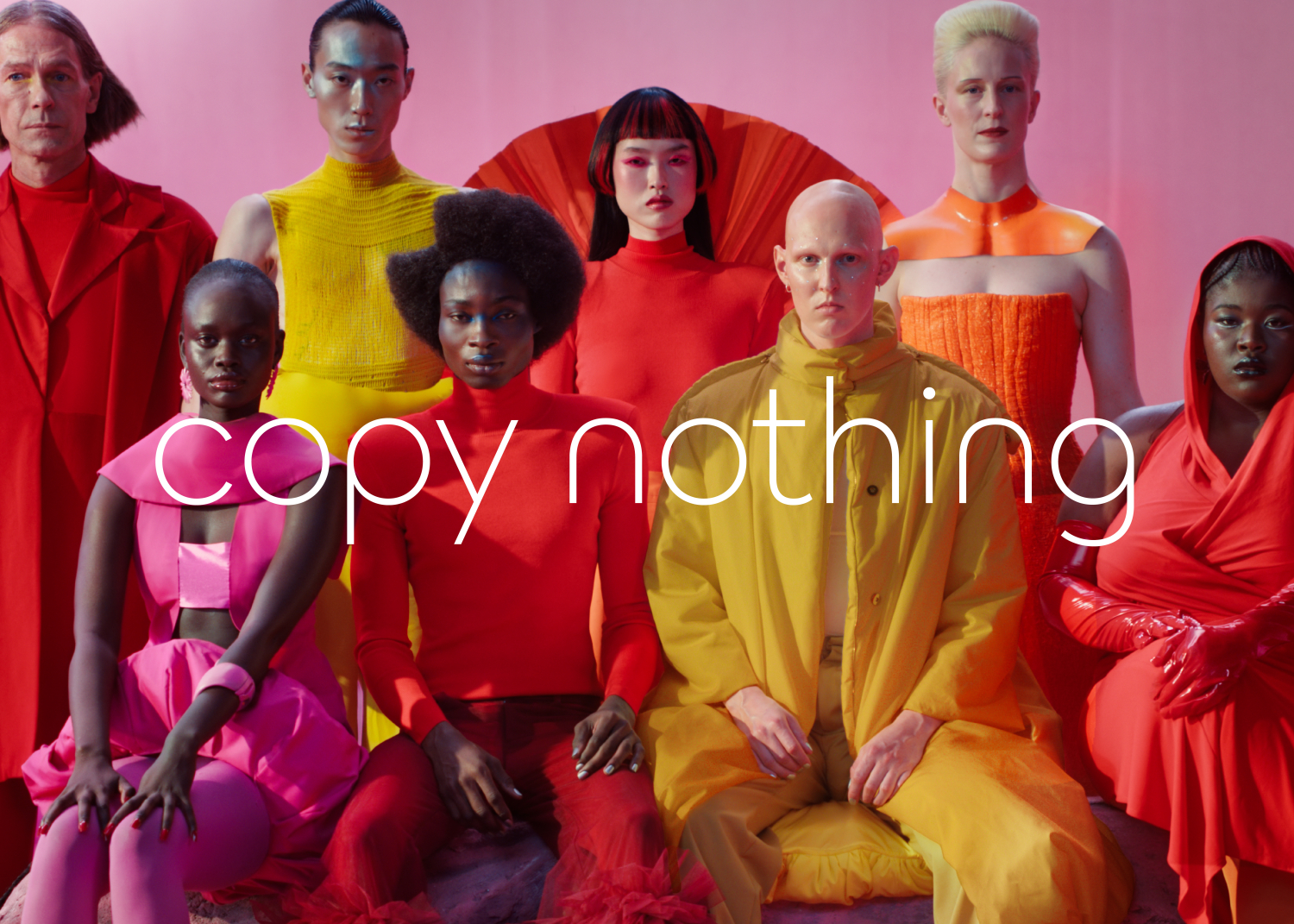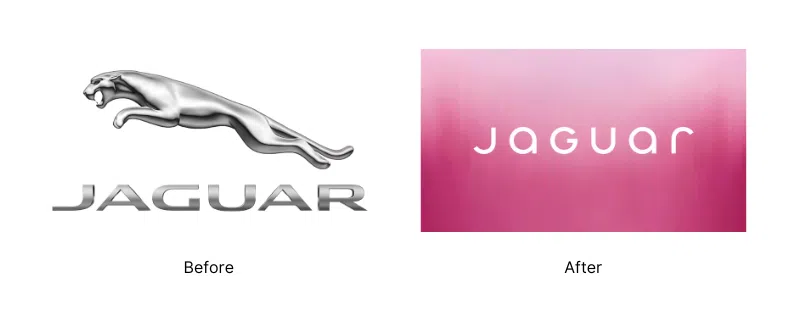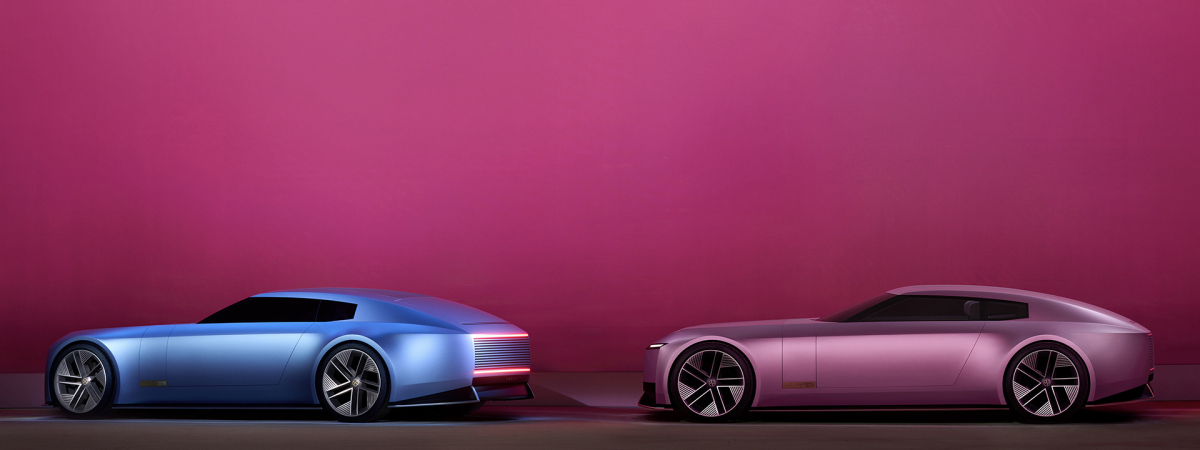Jaguar’s Brand Rebirth: From Heritage Icon to Ultra-Luxury EV Leader
In late 2024, Jaguar pulled off one of the boldest transformations in automotive history. The company wiped its slate clean, ditching its famous leaping jaguar logo, its British-inspired design heritage, and its gasoline lineup, and relaunched itself as an ultraluxury electric brand built for a new generation of creative, design-loving drivers. This was not a facelift, it was a full reset.
Quick Brand History and Context
Founding and Growth
Jaguar began in 1922 as the Swallow Sidecar Company, built by visionary William Lyons in Coventry, England. By 1945, it had become Jaguar Cars. Over decades, Jaguar became synonymous with British elegance and automotive excellence.
Ownership Changes
Jaguar’s ownership changed hands multiple times: nationalized in the 1960s, acquired by Ford in 1989, and finally by Tata Motors in 2008, which reunited Jaguar with Land Rover under one roof.
Electrification Commitment
In 2021, a critical moment arrived when Jaguar announced its plan to go fully electric by 2025. This set the stage for the profound rebrand that followed.
Why Rebranding the Entire Brand?
Between 2021 and 2023, Jaguar Land Rover faced sweeping global disruptions, including microchip shortages, skyrocketing costs, and political uncertainty. The company logged three tough years but bounced back with strong results as soon as 2023. Leadership saw a chance to evolve beyond last-generation status.
To support its sustainability goals and electrification ambitions, JLR launched its Reimagine Strategy aiming for net-zero carbon by 2039. Jaguar would stand for modern luxury, electrification, sustainability, and ethical enterprise. A decision was made to reposition Jaguar not just stylistically, but philosophically, to own that vision rather than blur it under legacy baggage.
The Reimagine Strategy: A New Roadmap
Jaguar Land Rover introduced the “Reimagine Strategy” with four clear goals:
- Modern luxury through design and client experience
- Full commitment to electrification
- Sustainability across the supply chain
- Stronger brand architecture with clearer differentiation

This strategy aims to turn Jaguar into a net-zero carbon company by 2039 while creating more emotionally resonant experiences for customers.
Execution: The New Jaguar Brand Identity
A. Resetting the Product Offerings
Jaguar will shift to electric-only models by 2026. This means ending sales of gas and diesel-powered Jaguars in the UK and U.S. after the 2024 model year. The new lineup will include a three-car lineup starting with an ultra-luxury GT saloon offering approximately 435 miles of electric range, priced nearly double current entry-level Jaguars.
B. Embracing “Exuberant Modernism”

Chief Creative Officer Gerry McGovern reached into the brand’s origin, reviving William Lyons’ “copy nothing” philosophy. The new design has a spirit of avant-garde artistry: bold, creative, fearless. Jaguar dropped references to its British roots and heritage in favor of a brand persona focused on artistic originality and environmental responsibility.
C. Reimagined Visual Identity
Jaguar’s brand visuals underwent a major shake-up:
The iconic “leaper” emblem is gone, replaced by a minimalist geometric wordmark spelling “JaGuar” with mixed capitals.
A sleek new monogram fuses the letters J and R as a visual mark.

Brand imagery features people, not cars, wearing high-fashion clothing in vibrant colors.
Campaigns use statements like “delete ordinary” and “live vivid.”
There’s no product photography yet, just culture and values.
Market Reaction: Buzz, Backlash, and Debate
Jaguar’s new logo sparked intense discussion. German readers of Bild dismissed it as “creepy” (93 percent of 17,800 respondents). On Reddit, while some praised its bravery, others felt the new look no longer reflects Jaguar’s legacy of “speed, power, sex appeal.”
Still, Jaguar’s PR team held its ground, replying with messages like:
“This is not the end. This is the new beginning.”
“The story is still unfolding.”
“Quite the opposite. This is a renaissance.”
Jaguar made it clear this rebrand wasn’t just a look, it was a long-term shift.
The Reveal at Miami Design Week
In December 2024, Jaguar introduced the Type 00, a futuristic electric GT, during Miami Art Week. The car featured:

- A pink and blue two-tone palette inspired by art and heritage
- A focus on materials like brass and stone for sensory interior design
- Zero tailpipe emissions and a symbolic “00” model number
Rather than show off horsepower, Jaguar used this event to highlight its alignment with fashion, design, and emotion.
Storefront Strategy
Jaguar will now sell its cars in select high-end showrooms, starting in Paris. These locations are curated like luxury fashion boutiques, reinforcing its new position at the intersection of art and automotive design.
What This Rebrand Teaches Us
1. A Drastic Shift Can Work but Only with Clear Intent
Jaguar did not ease into the change. They were fully committed, and that clarity helped them manage public response with confidence.
2. Brand Assets Must Be Treated Carefully
Letting go of iconic assets like the leaper logo and heritage values is risky. Brands must weigh emotional ties before walking away from familiar symbols.
3. Product Must Justify the Price
Jaguar is doubling its price range. The new electric vehicles must not only look good but also perform and deliver a superior user experience.
4. Visual Identity Drives First Impressions
By focusing on color, fashion, and inclusion, Jaguar now stands apart from traditional automotive visuals. This gives them a unique position, but it must resonate with their new audience.
5. Execution Matters More Than Vision
Having a bold vision is great, but the success will depend on how well Jaguar executes it. From customer service to product delivery, everything must align.
Conclusion: A Risk Worth Taking?
Jaguar’s rebrand is one of the boldest in the automotive world. It breaks nearly every rule of traditional brand evolution. But in an age where brands often play it safe, Jaguar’s decision to go all-in might just be what sets them apart.
If the cars deliver and customers connect emotionally with this new identity, Jaguar won’t just survive the transition. It might become the blueprint for how heritage brands can rewrite their future.
Jaguar’s transformation is not just a new logo. It is a declaration that luxury will be defined by creativity, sustainability, and emotional voice, not just performance stats. This is one of the boldest automotive rebrands in recent history.
Its success depends on whether Jaguar can marry:
- World-class electric vehicles
- A distinctive cultural presence
- Execution matched to vision
This is a brand walking forward into unfamiliar territory. It may be leaps, not bounds, that define its success.


Comments are closed